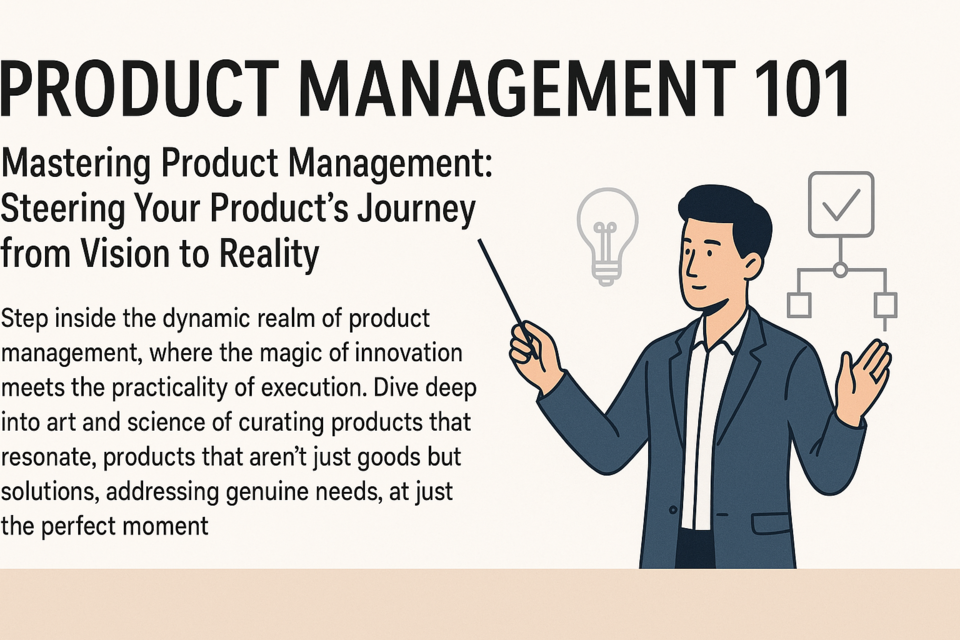The training period of your employees should be thorough enough to cover the following areas: Rules and regulations, leadership structure throughout the restaurant ('chain of command), safety regulations, legal issues (discrimination and sexual harassment), computer hardware and software (especially Point f Sale ordering systems), time management, communication skills, reservation systems, kitchen operations, sales techniques, customer service and etiquette. Few, if any, new hires could be expected to learn and retain all of these areas in one session -- even in the simplest of restaurants. Chez Nous' training manual should cover all of these areas in detail.
Even if a new employee has had years of experience within the position you've hired them for, they will still need a modicum of training to adjust to your restaurant's standards and practices. Another new hire may have no experience at all, but your instinct told you they'd be "naturals," due to their personalities and enthusiasm. In either case, training is critical -- it must be immediate, thorough, and ongoing. Unprepared employees are unhappy employees, who soon opt not to be employees at all.
Training ought to be broken down into specific steps or sessions, giving new hires time to absorb and retain material, before moving on to the next step. Trying to cover all the necessary steps of training in one session may seem cost-effective, but will actually be counterproductive as new hires will tend to forget any the first information they receive in order to remember the last information they've received.
Proper training should consist of both "classroom" sessions and on-the-job training. Classroom sessions give new hires a calm environment to learn and practice written training materials, while on-the-job training allows for practice and repetition of the necessary skills. A policy of only on-the-job training often results in the new hire being plunged unprepared into a fast-paced, stressful, sink-or-swim environment with more potential for costly mistakes than successful learning and memorization. A policy of only classroom training prevents the new hire from actually seeing and doing the necessary work to be performed. To keep the training process thorough, but not overly long, each training day should consist of both classes and on-the-job training, where an employee's responsibilities are increased gradually.
Following is one possible training schedule:
1) Orientation & Tour. At this point new hires should be welcomed, learn the company history and business model, fill out W-4 forms and any other necessary legal documents, see the facility again, receive all training manuals and materials, and have any initial questions answered. New hires should be advised to read their training manuals in their entirety before their next training shift.
2) Classroom-environment training. This should include a study and test of the training manual, overview of the menu and table numbers, and some role-playing of various common work situations.
3) Additional classroom training and first "follow" shift. During the first follow shift, the new hire should only follow and observe their trainer, who should explain and demonstrate as many aspects of the particular job as possible. At the end of the shift, trainers should document that they've done so and have the trainee sign off on it.
4) Additional classroom training (with possible written test) and second follow shift. During this follow, the new hire should assist the trainer and share in the actual work, to whatever limit the trainer establishes. The trainer should also focus on correcting any problem areas noticed in the new hire's first follow. Afterwards, the trainer again documents the new hire's progress.
5) Final class, overall test, and final follow shift. During this follow, the new hire should actually perform the job while the trainer observes, coaches, and corrects their performance.
Those employees in sales capacities -- servers, bartenders, and retail sales personnel -- should receive thorough instruction on your POS (Point of Sale) ordering system, as well as any secondary manual ordering systems that are in place should the POS system fail. Hosts and maitre d's should likewise be able to master any computerized reservation or seating system. The importance of these two areas could necessitate one full step of the training period.
During each step of training, it is imperative that each new hire thoroughly understand all the material covered and sign any necessary documents stating that they understand each step; this will eliminate any future claims of, "I was never taught that." New hires should be reminded and encouraged to read and study independently throughout the training process. Servers and bussers, who are dependent on tips for the majority of their income, will often attempt to rush through training to begin making more money as soon as possible. While this might be understandable, training simply shouldn't be rushed.
To ensure proper training, trainers need to be consistent in what they tell new hires. I tell my trainees, "We all have the same job here, but we all have our individual styles of doing it. I'm not going to disavow anything another trainer told you, I want to add to it and give you my perspective." It's essential that trainers, themselves, don't try to cut corners with new hires or rush them through training, either.The same document that trainers have new hires sign to confirm they learned a certain task should likewise hold the trainer accountable for the employee's future performance. A "Rate Your Trainee" document from a trainer can and should be followed with a "Rate Your Trainer" document from the trainee.
Wherever possible, the training period should be upbeat and positive. Trainers should be the most supportive and friendly members of your staff. Trainees should be praised and rewarded publicly for good accomplishments, and should be counseled or critiqued in private for mistakes. Problem areas should be rephrased as "Opportunities for Improvement." All existing employees should be counseled to reach out to and assist new hires to the best of their abilities.
Fortunately, effective scheduling is within any good manager's grasp. Your restaurant's records will help you accomplish it.
-
- Forecast the levels of activity within the restaurant. Previous sales reports will show when your peak and slow periods are, from individual hours, to weeks or months. (For example, your sales reports should reflect that Tuesday -- statistically the least favorite day for dining out -- is among your slowest days of operation.)
- Plan any regularly scheduled occurrences -- deliveries, meetings, bank deposits, training sessions, conference calls, fumigation or special maintenance details -- outside of your peak periods.
- Calculate the amount of work goals that each individual employee (server, cook, host) must accomplish within a given time period -- meals, place settings, table turns, etc.
- Divide the amount of work goals by the estimated number of guests to be served, to calculate the number of personnel needed for each hour, day, shift, week, or month.
- Factor in employee availability, seniority (if applicable), skill level, time, wages and any other personnel considerations. You will probably not want to pay overtime, if possible; you will not want minors working past their legally allowable hours; and you will not want newly trained recruits forced to serve during your peak periods until they have had a chance to adapt to your workplace.
- Write an initial schedule and calculate the man-hours and budget it reflects. Double-check it against any last-minute changes, scheduling requests, and employees on the brink of overtime, or minor's hours. Adjust it as necessary.
- Distribute the finalized schedule through as many means as possible: your regular scheduling board, in-house website, flyers, etc.
Once your finalized schedule has been posted, you should allow employees to self-regulate schedules by posting days or shifts they would like to give up, pick up, or exchange. The possibility of exchanging shifts is actually a hidden benefit of the restaurant industry and an additional reason many workers enter or remain in the industry.
Establish a policy that, unless it conflicts with their documented availability, employees are responsible for getting their shifts covered by other employees, or face the consequences of absenteeism if they cannot work a shift due to factors beyond illness or legal factors (jury duty, etc.). Also, establish an acceptable window of time for employees to "call out" if they are unable to make their scheduled shifts due to illness or legal factors (four hours' notice at minimum is an industry standard).
If your restaurant is a newly established concept, or the first of its franchise to open in a specific area, forecasting sales and peak periods may not be possible. In this case it's best to err on the side of caution by overstaffing initially -- owners and CEOs should be financially prepared for some initial profit loss -- until sales data becomes available. During this period, you may opt to let any overstaffed employees go home early through switching or drawing straws. Understaffing during an opening period is apt to cause many more problems: increased wait times, slow or poor customer service -- which guests will tell friends about -- hampered productivity and overwhelmed workers. One McDonald's restaurant was held liable for $400,000 in personal injury damages when an employee worked three consecutive shifts in 24 hours and was severely injured in a collision after falling asleep at the wheel on their drive home.
There are several different options of scheduling available to you. As they traditionally have more set work goals, Back Of House employees (especially prep cooks) are traditionally best scheduled by set or "block" scheduling in which each employee arrives at the same time and works the same set amount of hours. Front of House employees are sometimes best set into staggered schedules, where they arrive at different times to respond to escalating business volume. For restaurants open for longer periods of time (serving breakfast, lunch, and dinner), "spanner" shifts can be used so certain employees are available to overlap regular shift changes for a smoother transition from breakfast to lunch, lunch to dinner, etc. If "Spanner" shifts can be contained to less than six hours, they can be ideal for part-time workers, such as minors, students and retirees. For employees who are only available for a few days a week, but still want maximum hours, you may wish to offer split shifts where the employee works one portion of an early shift, clocks out for a break, then works one portion of a later shift.
Over time, scheduling will hopefully become easier for you, especially if you observe the following:
A) Study your volume, and schedule your labor to match it;
B) Schedule according to your customer flow, assigning more employees to peak periods and fewer to slow periods;
C) Plan shift changes to minimize service disruptions;
D) Remember that different stations of the restaurant experience more activity at different times.























